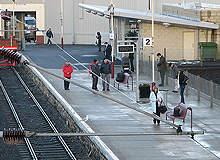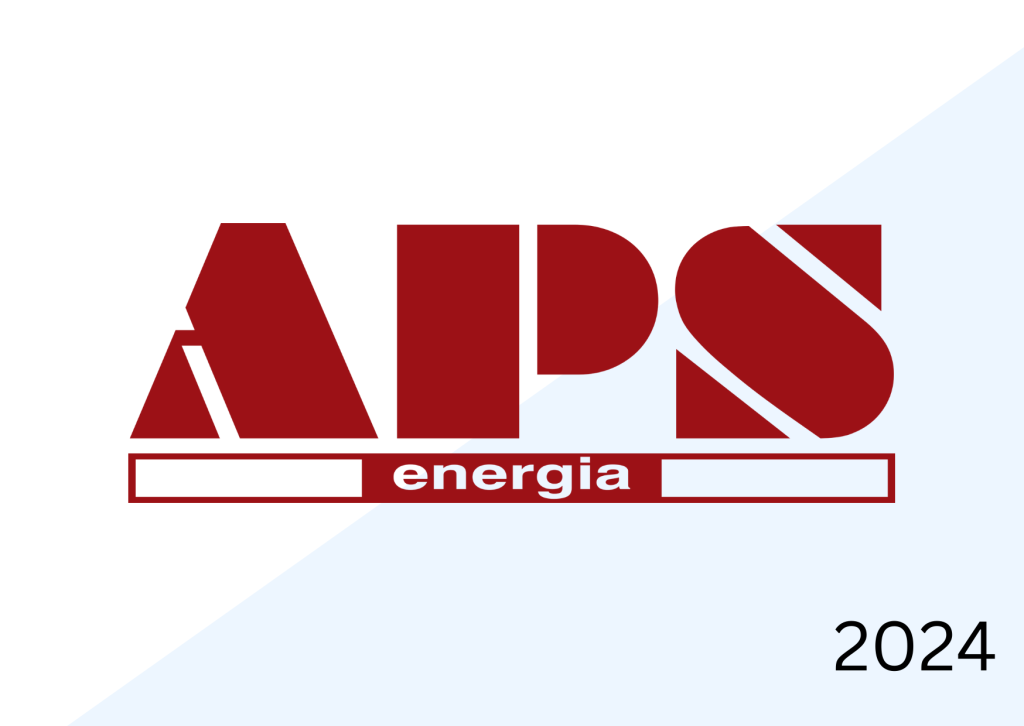
As travellers look for ever-better levels of service, operators seek to improve efficiency and trim costs, and regulators call for greater safety and security, the role of IT seems inevitably destined to continue to expand to meet the challenge bound up in achieving all three.
As networking consultant Bjorn Hesskan explains, "The rise of data systems within the industry has been gathering pace over the last decade. These days, IT is about as essential as coal was to the Victorians – if your data environment isn’t robust enough, then you just can’t run your railway."
Between core business tasks such as accounting, payroll functions and rail-specific logistical management operations, keeping trains running safely, economically and on time clearly calls for a sound IT infrastructure, but Hesskan believes things will go even further in the future.
The adoption of technologies such as virtualisation, bespoke asset management software, analytical and predictive modelling, and even semi-autonomous "smart" trains will, he suggests, become common place across the industry, perhaps within the next ten years.
Modelling and the art of railway management
If this wave of technological infiltration does take place, then predictive modelling is one element in particular that could yield significant benefits. The underlying idea is as simple as it is aptly named – using a computer model to predict the outcome of a process or series of events – but this simplicity hides a uniquely powerful tool that could have major implications for railway management, and nowhere more so than when it comes to maintenance.
How well do you really know your competitors?
Access the most comprehensive Company Profiles on the market, powered by GlobalData. Save hours of research. Gain competitive edge.

Thank you!
Your download email will arrive shortly
Not ready to buy yet? Download a free sample
We are confident about the unique quality of our Company Profiles. However, we want you to make the most beneficial decision for your business, so we offer a free sample that you can download by submitting the below form
By GlobalDataThe ability to forecast what will breakdown – and where – ahead of time and being able to fix the problem before it occurs, obviously makes for a better and safer passenger experience, as well as improving efficiencies for the rail company itself. Inputting relevant usage data, established wear-and-tear patterns and previous field experience into a suitable predictive model allows maintenance teams to anticipate component failure before it happens, and, crucially, the model can itself be honed and updated with each successive iteration to make it ever-more accurate.
Taking the idea one stage further, on-board monitoring technologies could report developing problems as they begin to manifest themselves, enabling the next generation of dynamically modelling predictive control systems to order the replacement parts automatically and schedule the train for maintenance.
Some of the necessary elements are here already, in the shape of Alstrom’s GPS-enabled, component monitoring TrainTracer, for instance; it seems inconceivable that the rest will not eventually follow.
Optimising assets
Of course, no matter how revolutionary the resulting system might be, there is more to asset management than just improving maintenance. Increasingly comprehensive, integrated solutions are being developed which blend both predictive and analytical tools to enable scheduling and capacity to be balanced with demand volume, even as it develops, in near-real-time. These moves are seen by many as the key to empowering operators to optimise the leveraging of their resources to meet fluctuating demand in a way that presages the arrival of truly "smart" transportation, allowing response to be swiftly matched to fluctuating circumstances. The prospect has clear appeal, but making it possible will inevitably call for widespread and particularly effective monitoring systems if the necessary level of seamless interfacing between network intelligence and contingency planning is to be achieved.
Once again, there are well-known examples of the basic underpinning technologies currently in use. Automatic train operation (ATO) and automatic train control (ATC) are both firmly established, with Singapore, for instance, boasting the world’s longest fully automatic metro line.
On the monitoring side, by the end of 2011, Funkwerk will have installed a networked, pro-active system across the whole of Hungary for MÁV, the state railway. What is interesting, however, is where the technology could go next.
"Smartness" and the "internet of things"
Pushing the envelope beyond currently established communication-based train control (CBTC) systems has already begun. The ATO on-board computer system used on the Docklands Light Railway, for example, utilises a database of "route speed profiles" and the allied software incorporates a "look-ahead" subroutine to improve smooth braking where new speed values came into effect. The next generation, however, is poised to go further, giving trains the ability to sense their environment and the capability to react accordingly. Ultimately, these "smarter" trains could combine smart vision systems, geospatial mapping, positional awareness technology and network-centric reporting to become as near to fully autonomous in their operation as anyone is likely to feel entirely comfortable contemplating.
Smartness may not be limited to the trains themselves; the rise of the M2M concept (machine-to-machine) is being tipped in some quarters as the next big communication revolution – a self-configuring, interconnected wireless network of everyday objects. Dubbed the "internet of things", despite its slightly Terminator-esque overtones, the implications for rail networks could, theoretically at least, be immense as a whole range of track and trackside systems – the likes of signalling, interlocking and level crossing control – start talking to each other.
Intelligent vision analysis could also come into its own, offering unparalleled levels of surveillance as the combination of traditional CCTV technology and state-of-the-art analytical software meets the additional input of countless other devices around the station. Add the advent of computing "in the cloud" and the information can be collected, collated and disseminated anywhere, removing the conventional inconvenience imposed by physical and geographical limitations.
Much of the technology undeniably remains in its infancy. How far the individual components will continue to develop along their current evolutionary paths – and how successfully – of course, remains to be seen, as does how readily the industry will adopt them if they do.
In the final analysis, it will probably come down to how beneficial and effective they are seen to be, and if so, then the omens for both seem good.
Netherlands Railways, one of Europe’s busiest networks, currently uses IBM’s advanced optimisation software to help it assemble and schedule over 5,000 trains a day, achieving a six percent improvement in operating efficiency – an annual saving estimated at €20m. Numbers like that are just too hard to ignore.




